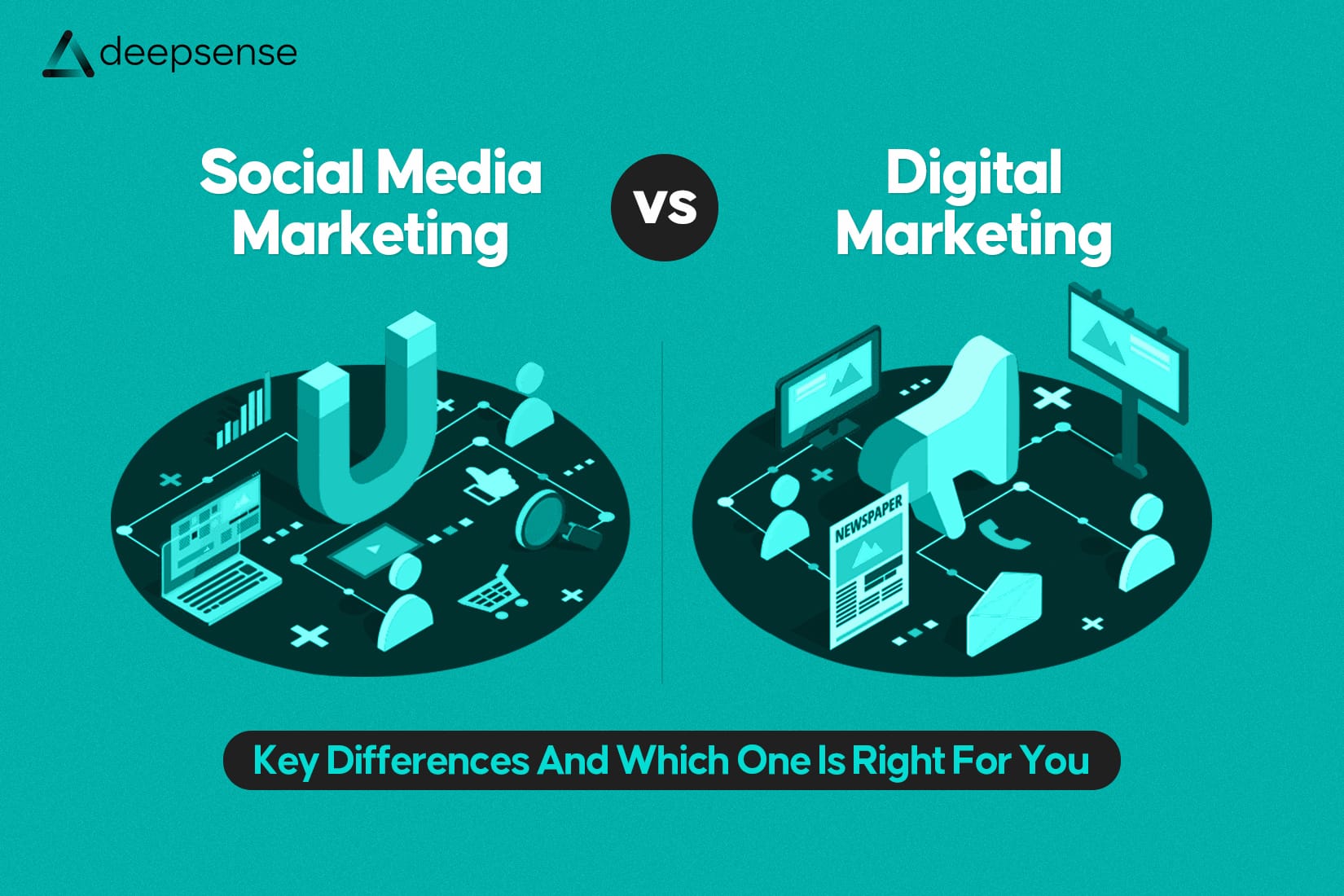Introduction: Why Digital Marketing is Becoming Essential for Agri Brands
Agriculture has always been the heartbeat of economies, especially in countries like India, Brazil, the U.S., and African nations. But while the farming community remains rooted in tradition, their buying behavior, information sources, and decision-making processes have seen a dramatic shift, from word-of-mouth to WhatsApp, and from mandi talks to YouTube reviews.
As agri-tech startups, input companies, seed manufacturers, and equipment brands grow, the question is no longer “Should we go digital?” It’s “How fast can we go digital to stay competitive and relevant?”
According to a 2023 Google-Kantar report, 65% of Indian farmers use digital channels to research agricultural products, and nearly 80% of younger farmers (under 40) actively use YouTube, Facebook, and mobile apps to make decisions.
This is your cue: If your agri business isn’t meeting your customer where they are, online, you’re already behind.
Let’s explore the top 10 proven digital marketing strategies you can apply today, with real-world relevance.
1. Build a Mobile-Optimized, Localized Website
Your website is your digital shopfront. But it shouldn’t just be a pretty brochure, it should educate, convert, and support.
Key Features:
- Language toggle (English + regional languages like Hindi, Tamil, Telugu)
- Crop-wise product navigation (Seeds > Paddy > Hybrid > ABC-1040)
- eCommerce integration for B2C/D2C orders
- Dealer login areas with bulk order support
- Downloadable brochures and technical sheets
Case Study: BigHaat, a fast-growing agri e-commerce platform, saw a 200% increase in returning visitors after revamping their website UX and optimizing for mobile.
Pro Tip: Add real-time weather updates or a mandi price widget, these keep farmers returning daily.
2. Use Video Marketing to Demonstrate, Educate, and Inspire
Agricultural tools and techniques are often visual in nature, what better way to show them than through video?
Types of Videos to Create:
- “How-to” tutorials: pesticide mixing, sowing techniques, drip irrigation setup
- Testimonial videos from local farmers (in their dialects)
- Product unboxing and field demos
- FAQ-based explainer reels (e.g., “How to boost wheat yield by 20%”)
Stat: YouTube is the second-most used platform by Indian farmers after WhatsApp. Educational videos are 3x more trusted than banner ads.
Example: TAFE (Tractors and Farm Equipment Ltd.) runs a YouTube channel in multiple Indian languages, sharing tractor maintenance guides, product launches, and client stories, earning millions of organic views.
3. Leverage WhatsApp for Direct Communication & Micro-Campaigns
WhatsApp isn’t just for chatting anymore. With WhatsApp Business, you can:
- Create product catalogs with images and prices
- Send updates to customer lists segmented by region or crop
- Offer broadcast deals for harvest seasons
- Get product queries in real time with auto-replies
Case Study: An organic fertilizer startup from Maharashtra gained 420+ distributor contacts by placing a “Message us on WhatsApp” button on their homepage and running regional Facebook ads.
Bonus Tip: Use QR codes at agri expos or on packaging to redirect users to your WhatsApp support instantly.
4. Master Regional SEO to Rank for High-Intent Searches
Farmers today Google their problems, just like everyone else. “How to stop tomato wilting” or “Which urea is best for sugarcane?” are goldmines of intent.
How to Win at SEO:
- Use crop-specific and location-specific keywords
- Translate blog content into local languages (and use Unicode text for SEO)
- Add schema markup for FAQs, product reviews, and how-to guides
- Target “voice search” phrases like “best pesticide for cotton in Tamil Nadu”
Stat: Over 45% of Google searches in India are in local languages, and mobile voice searches are growing at 270% YoY.
Example: An Andhra Pradesh seed company published Telugu blogs on “chili hybrid varieties for dry land farming” and jumped to page 1 on Google within 3 months.
5. Use Email Campaigns to Nurture Dealers and Large Buyers
While direct-to-farmer campaigns might need WhatsApp, B2B buyers like agri-input dealers, distributors, and agri-exporters still prefer email.
Email Campaign Ideas:
- Seasonal product launch updates
- Government subsidy alerts
- Invitation to demos and expos
- Early-bird discounts on new tools or seeds
Use email automation to schedule reminders, drip campaigns, and follow-ups after expos or sales events.
Tool suggestion: Mailchimp, Sendinblue, or Zoho Campaigns work great, especially with multilingual templates.
6. Run Targeted Ads on Google, Facebook & Instagram
Ads are no longer just for fashion brands, agri audiences are heavily present online, especially on YouTube, Facebook, and mobile apps.
What You Can Promote:
- New product lines: bio-fertilizers, hybrid seeds, smart agri tools
- Webinar/demo invites
- Dealer recruitment drives
- Farmer support programs or cashback campaigns
Case Study: A Tamil Nadu-based equipment company ran a Facebook campaign with Tamil voiceovers, reaching 1.2 lakh farmers in 7 days with just ₹12,000.
Use Facebook Lead Forms with “Call Me Back” options, these convert better than standard CTA buttons.
7. Build Digital Communities Around Crops or Regions
Farmers trust fellow farmers. Create a Facebook Group or WhatsApp community where you:
- Share seasonal planting guides
- Announce weather alerts
- Offer tips on pest management
- Share news on market rates or government schemes
Example: “Progressive Farmers of Telangana” Facebook group by a pesticide brand grew to 80,000+ members, with user-generated content driving most engagement.
Bonus: Let community members win rewards for sharing their success stories using your product.
8. Use CRM Tools to Track Distributors, Leads, and Retailers
Gone are the days of Excel files and pen-paper ledgers.
With CRM tools, you can:
- Track inquiry to conversion cycle
- Send reminders to dormant dealers
- Offer special pricing to loyal retailers
- Segment customers by crop, geography, or buying behavior
Example: An agri chemical company used Zoho CRM to segment their dealer database by rainfall zone and promoted only moisture-tolerant products to regions with higher rainfall, increasing conversion by 38%.
9. Sell or List Products on Agri Marketplaces
Digital marketplaces are booming, farmers prefer online browsing with offline buying.
Where to List:
- AgroStar
- DeHaat
- BigHaat
- KisanMandi
- KhetiGaadi
Benefits:
- Targeted audience already looking for your products
- Built-in logistics in many cases
- Easy onboarding and regional filters
Tip: Use professional photos and “application guides” in local languages as downloadable PDFs on your listings.
10. Share Real Farmer Success Stories with Proof & Pictures
Social proof works incredibly well in agriculture.
Create “Before & After” stories of how:
- Your seeds gave higher yields
- Your pesticides controlled tough infestations
- Your equipment saved labor cost/time
Formats to try:
- Carousel posts on Facebook/Instagram
- YouTube mini-documentaries
- Blog interviews with name, village, and crop type
Case Study: A Punjab fertilizer company shot a short film showing how their nitrogen booster helped a wheat farmer double his yield, and the video got over 1 million views organically in just a month.
Conclusion: The Future of Farming is Phygital (Physical + Digital)
Agriculture doesn’t have to leave its roots to go digital. In fact, the most successful agri-brands are the ones that embrace both worlds, the trust of tradition and the reach of technology.
Whether you’re a fertilizer brand, a seed startup, an equipment manufacturer, or an agri marketplace, digital marketing is your new harvest tool. When done with cultural context, regional personalization, and a farmer-first mindset, digital doesn’t replace the mandi, it enhances it.
FAQs
1. What are the top 7 types of digital marketing strategies?
- Content Marketing – Blogs, videos, guides.
- Social Media Marketing – Facebook, Instagram, YouTube.
- SEO – Rank higher on Google.
- Email Marketing – Reach out to dealers or B2B buyers.
- PPC Advertising – Google/Facebook ads to drive traffic.
- WhatsApp Marketing – Instant, personalized farmer engagement.
- Influencer Marketing – Collaborate with progressive farmers.
2. What are the digital platforms for agriculture marketing?
- AgroStar, BigHaat, DeHaat – Agri e-commerce.
- KrishiJagran – Agri news and classifieds.
- Facebook/YouTube/WhatsApp – Massive rural engagement.
- eNAM – Government’s digital mandi network.
3. What are agricultural marketing strategies?
Plans to promote and sell agri products like:
- Direct-to-consumer sales
- B2B targeting (distributors, retailers)
- Seasonal discounts
- Demos, trials, and community engagement
4. What are the new concepts in agricultural marketing?
- eNAM – National digital marketplace.
- Farm-to-Fork branding – Traceability, packaging, QR codes.
- Digital Marketplaces – Apps like AgroStar.
- Blockchain & AI – For pricing, traceability, precision farming.
5. What is the strategic plan of agribusiness?
It includes:
- Choosing the right crops and regions
- Product and pricing strategy
- Building distribution networks
- Marketing via digital and physical channels
- Focus on sustainability and farmer support
6. How to improve agriculture marketing?
- Educate farmers digitally
- Use regional SEO and WhatsApp
- Build CRM systems for tracking
- List products on agri marketplaces
- Share real farmer success stories
7. What is the Agri Marketing Scheme?
It refers to government efforts like:
- eNAM – A digital mandi platform for selling produce
- AMI Scheme – Support for infrastructure (cold storage, grading)
- PMFME/Operation Greens – Support for processing and pricing stability











